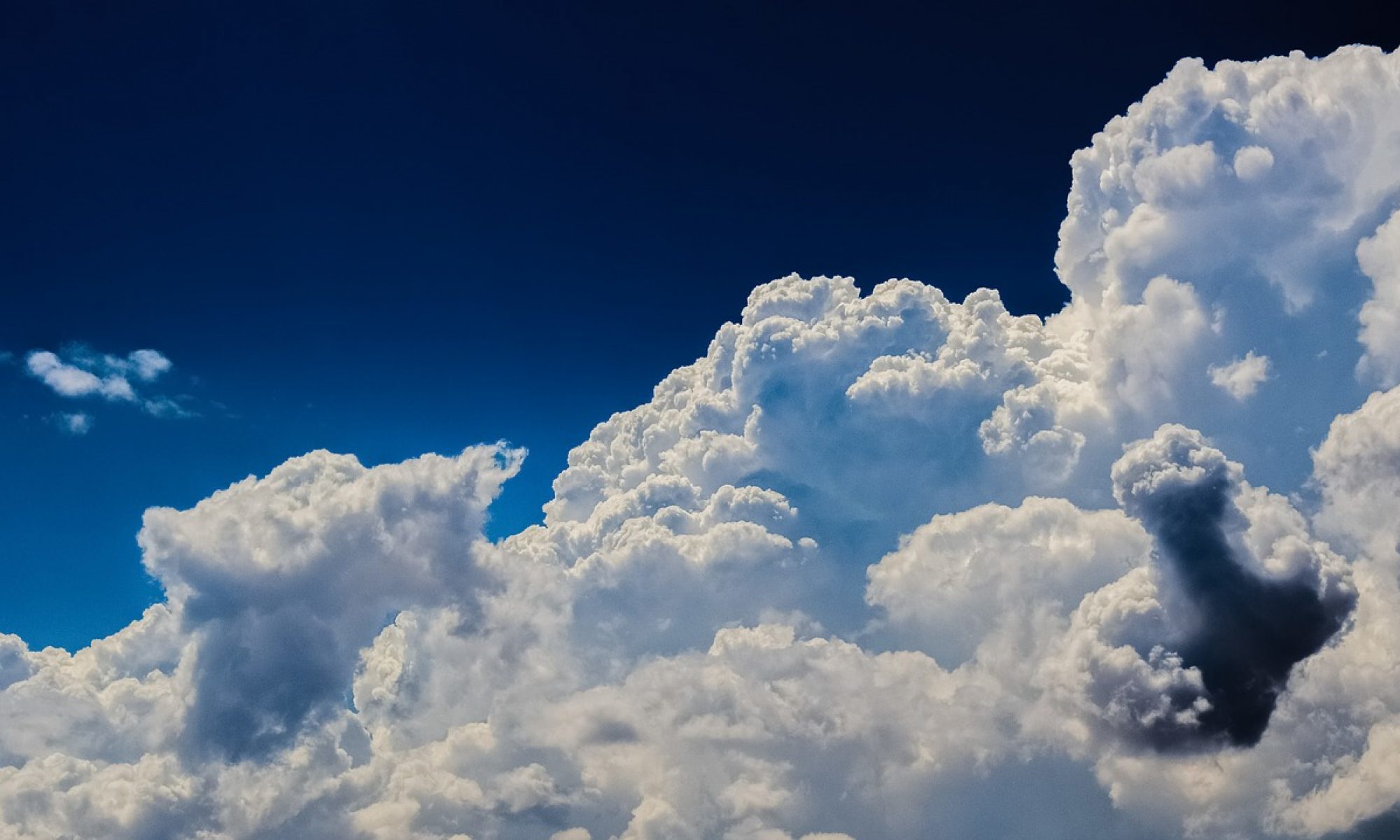

Growing Degree Days are a measurement of the growth and development of plants and insects during the growing season. Development does not occur at this time unless the temperature is above a minimum threshold value (base temperature). The base temperature varies for different organisms. It is determined through research and experimentation. The actual temperature experienced by an organism is influenced by several factors. These factors affect growth and development. For instance, depending on the weather, an organism’s temperature may be a few degrees more or less than that recorded. An organism may spend its time in the shade or under direct sunlight. The fertility and nutrient content of the soil directly affect the growth rate of insects and plants. The presence of weeds and precipitation may indirectly influence development. Due to these factors and some other scientific considerations, a base temperature of 50 degrees Fahrenheit is considered acceptable for all plants and insects.

 despite that, we had a couple really warm days last week. Because of that, we have already accumulated 7-9 growing degree days in Cincinnati and 5 in Columbus. Silver maple comes into bloom at 34 degree days. This week is the coldest week of the winter. After this, we begin to slowly warm toward the first day of meteorological spring. We are already 7-9 growing degree days closer!
despite that, we had a couple really warm days last week. Because of that, we have already accumulated 7-9 growing degree days in Cincinnati and 5 in Columbus. Silver maple comes into bloom at 34 degree days. This week is the coldest week of the winter. After this, we begin to slowly warm toward the first day of meteorological spring. We are already 7-9 growing degree days closer!
 Plants under all that snow are protected from the bitter cold, and their root systems in particular are protected. When all that snow melts, soil moisture will be replenished. Observe how the New York State plant hardiness zones, in the map to the right, in the areas adjacent to lakes Erie and Ontario, are as warm as near New York City, and much warmer than nearby interior areas.
Plants under all that snow are protected from the bitter cold, and their root systems in particular are protected. When all that snow melts, soil moisture will be replenished. Observe how the New York State plant hardiness zones, in the map to the right, in the areas adjacent to lakes Erie and Ontario, are as warm as near New York City, and much warmer than nearby interior areas.